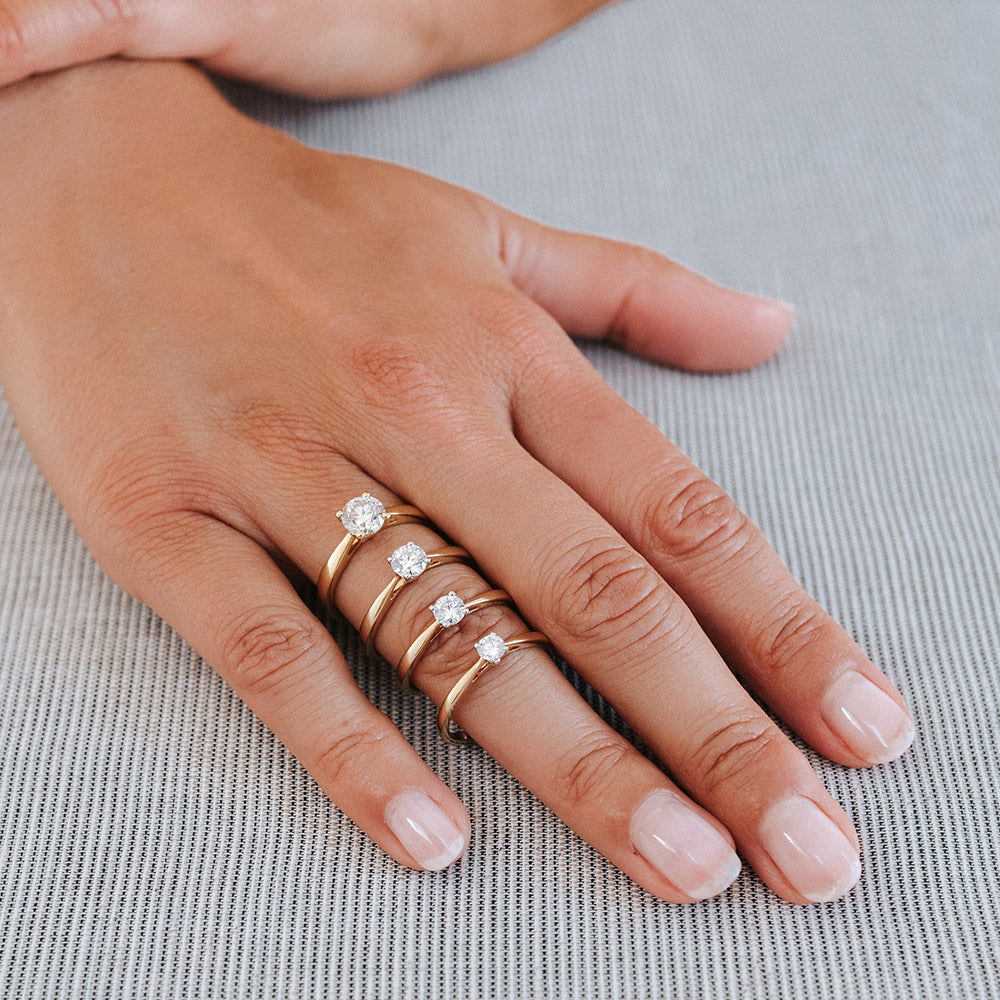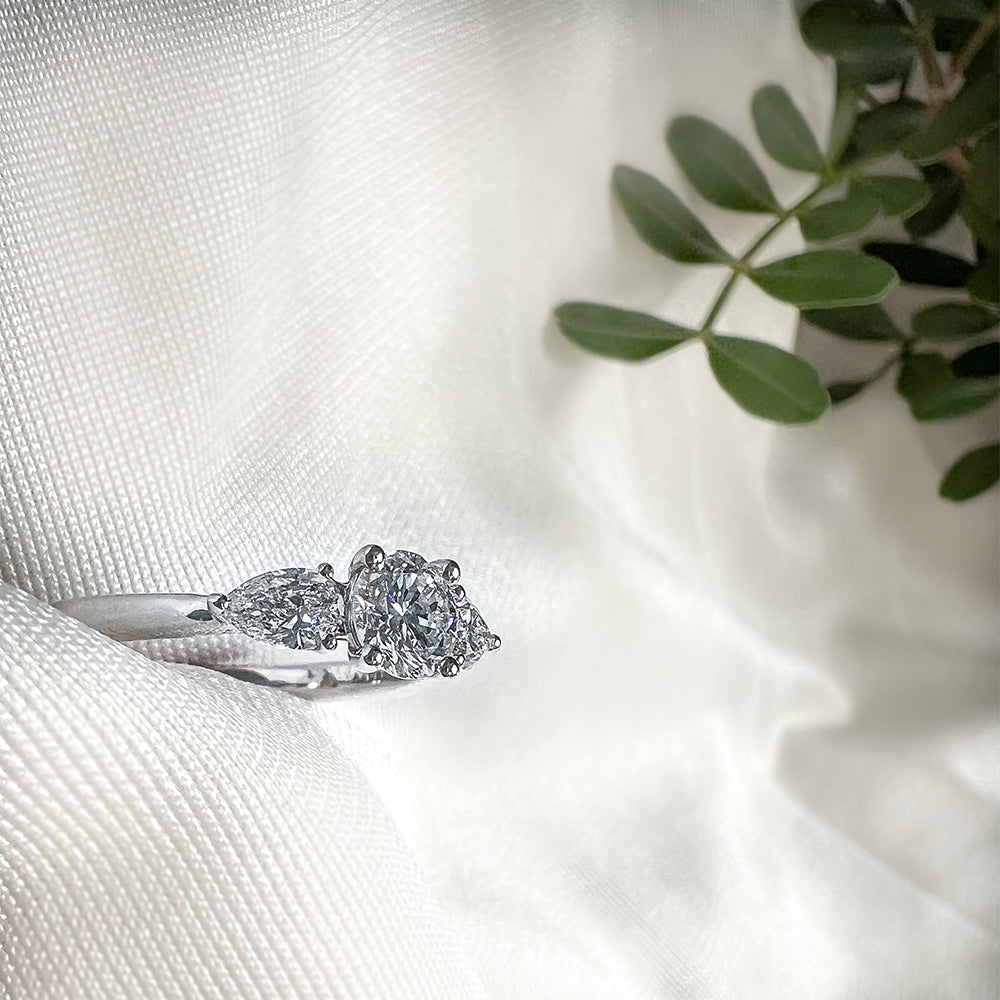
The popularity of these special stones grows every year, but there are also many rumors going around. What is and isn't true about the stories surrounding lab grown diamonds?
Misconception 1:
A diamond from a laboratory is worse for the environment
It's obvious to think this, but it's not true. With regard to impact on the environment, we distinguish between energy consumption/co2 emissions and ecological impact in general. A lab grown diamond is ecologically and socially a much better choice for the environment! No excavation is necessary and we do not have to deal with the poor working conditions in the mines.
Improvements are still possible in the field of energy consumption/co2, the machines to grow the diamonds cost a lot of energy. But that energy consumption is still less than that of the machines and the logistics process of mined diamonds. Nevertheless, there is still something to be gained here and we are always looking for greener options together with our partners.

Misconception 2: I can see that a diamond comes from a lab
That is excluded. Both with the naked eye and with a magnifying glass, it is not possible to see where the diamond originated. Even an expert cannot determine this in this way. In terms of chemical, optical and physical properties, the diamonds are exactly the same. In addition, lab-grown diamonds show just as much fire and brilliance as natural diamonds. Both variants are therefore real diamonds, but with a different origin. However, the diamonds can be tested with special equipment in order to make the distinction.
Misconception 3: Man-made diamonds are always of top quality
Growth processes in a laboratory are better regulated than in nature and the outcome is therefore almost perfect. That would be great, but unfortunately lab-grown diamonds also have different qualities. Just like natural diamonds, the diamonds differ in color and clarity. Every diamond is unique, which is why lab-grown diamonds are assessed and certified by independent institutes such as IGI and GIA based on the same strict requirements. Find out more about the 4Cs.

Misconception 4: Lab-grown diamonds are cheap
One of the advantages of lab diamonds is the price advantage; similar quality diamonds are 20-40% cheaper than their mined counterparts. However, this does not mean that the diamonds are 'cheap'.
How does the price advantage of lab-grown diamonds arise? Both diamonds have exactly the same costs when you look at the cutting, polishing, inspection and setting of the diamonds. But before we get to this point, there's a big difference in the cost of production. Mined diamonds have a very long supply chain and sometimes go through 20 hands before reaching the consumer. The shortened chain ensures that you can buy the lab-grown diamonds with an excellent price/quality ratio.
Misconception 5: Laboratory diamonds are a new phenomenon
Although you may not have even known about the existence of these types of diamonds until recently, lab-grown diamonds are certainly not new. The first man-made diamonds were made as early as the 1950s. However, the diamonds that came out of the lab at the time were of such a poor quality that they were not suitable for use in jewelry. Until recently, the hardness was the most important property of these lab-grown diamonds and they were widely used in industry as diamond drills, for example. However, the technique has improved enormously in recent years and higher quality diamonds can also be grown in the lab. Since then, the demand for these diamonds has increased rapidly and we see them being offered more and more as an alternative to mined diamonds.



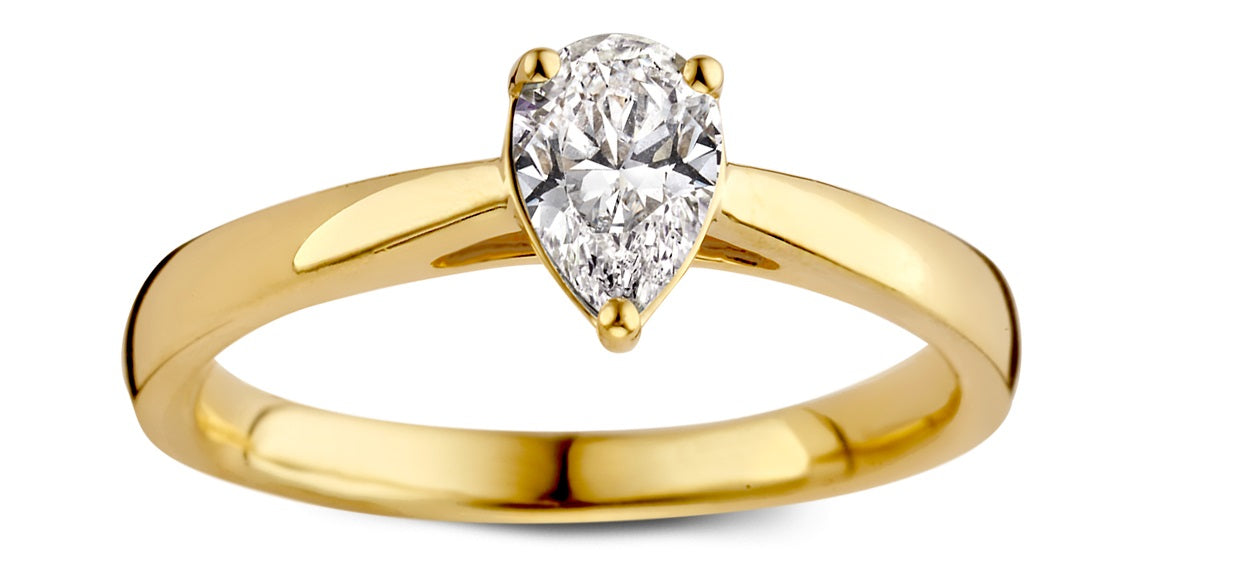
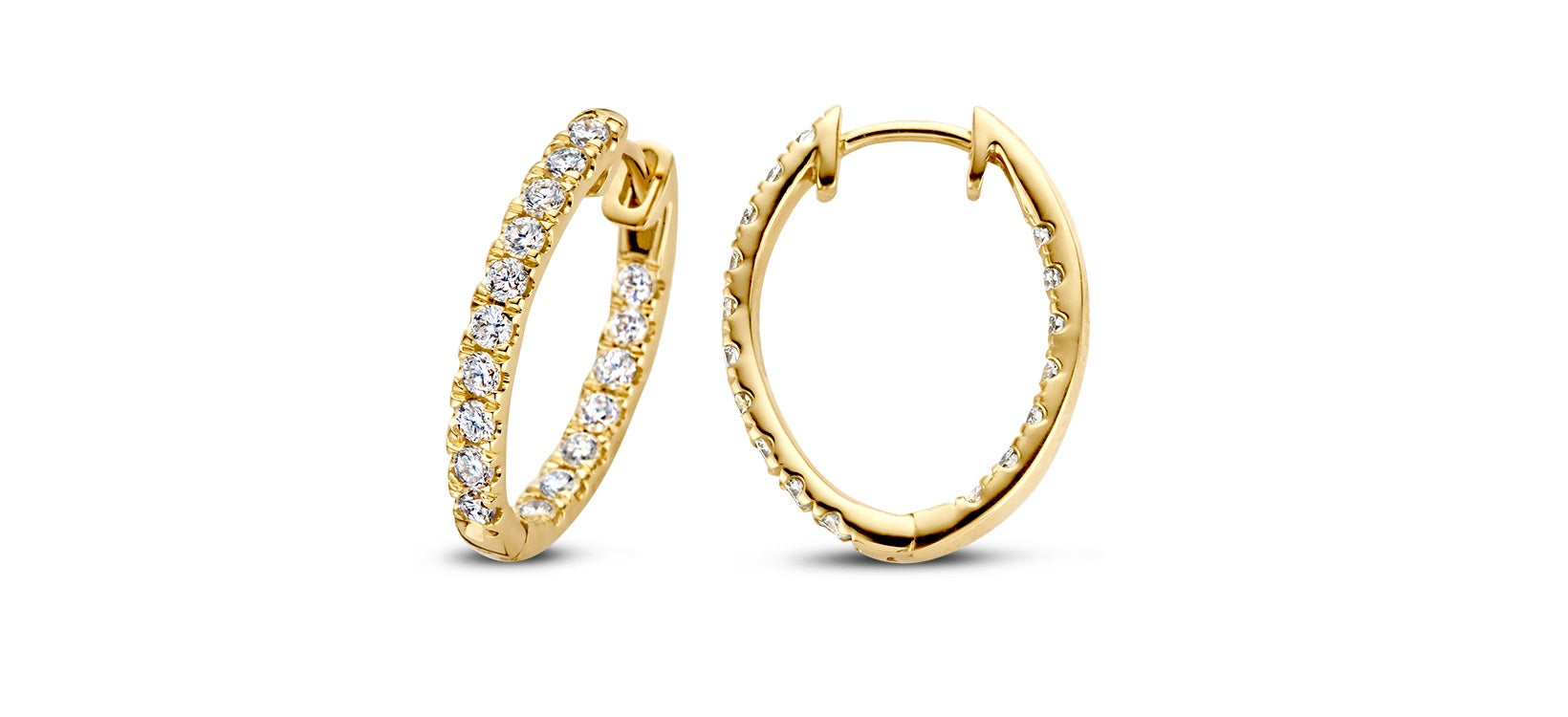
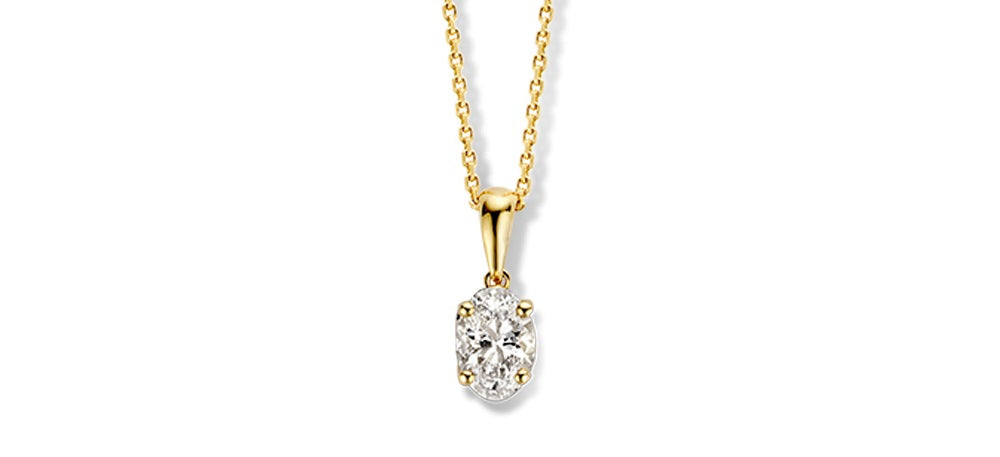
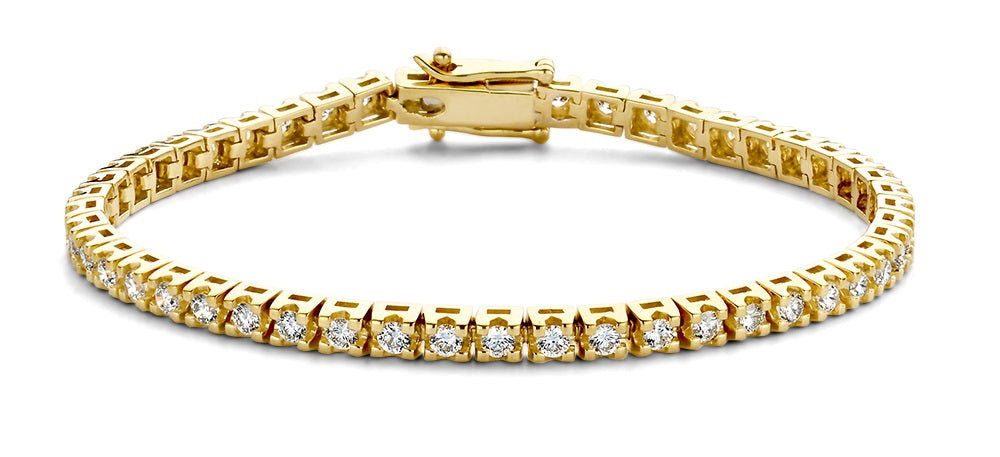





![De 4 populairste diamantvormen voor verlovingsringen in 2025 [+ tips bij het kiezen]](http://www.aurorejewelry.nl/cdn/shop/articles/606.jpg?v=1758206638&width=1080)
